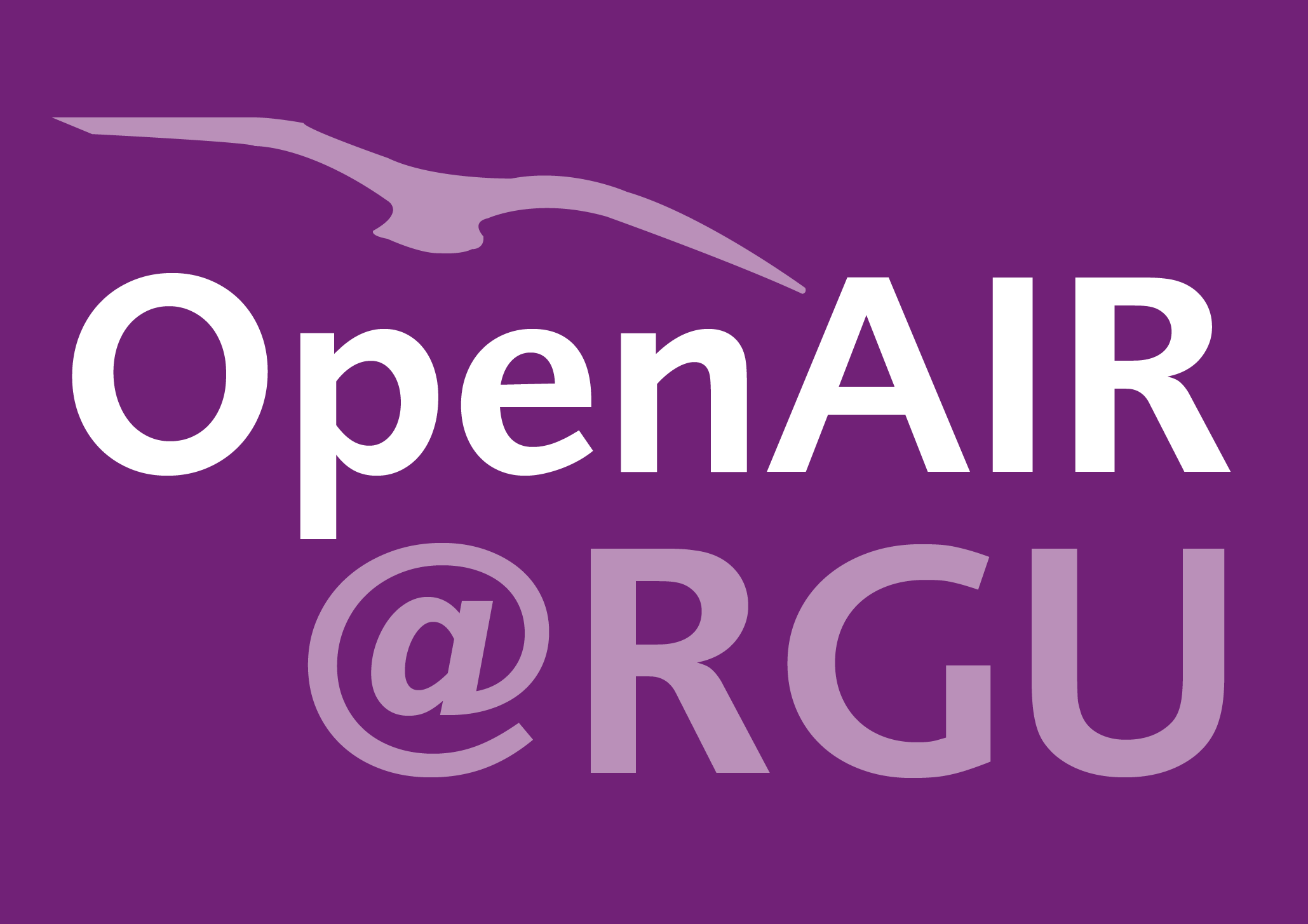RGU Oil and Gas Institute
UKCS workforce dynamics 2018-2035: shaping the skills of tomorrow.
RGU Oil and Gas Institute
Authors
Contributors
John McDonald
Related Person
Paul de Leeuw
Related Person
Abstract
The oil and gas industry remains a hugely valuable asset to the UK, currently employing and supporting around 1 out of every 100 jobs in the UK. There are still up to an estimated 20 billion barrels of remaining hydrocarbons to be recovered, however, these will become increasingly more challenging to extract. To provide a clear sense of direction for the sector, the Oil and Gas Authority in collaboration with Oil and Gas UK created a new vision for the industry – Vision 2035. This ‘Vision 2035’ provides a compelling future for the industry, based on maximising economic recovery from the UK Continental Shelf (UKCS) and a doubling of the international footprint of the UK based supply chain by 2035. The industry’s Vision 2035 captures the ambition of the industry to produce an additional 3 billion barrels of oil and gas by 2035, and to double the UK’s share of the global oil and gas supply chain market from around 3.7% to over 7% by 2035. Successful delivery of Vision 2035 could generate £290 billion of additional revenue for the UK. However, a significant number of fields will reach the end of their life resulting in increased decommissioning activity. Combined with a drive for a lower carbon economy and an increased use of technology and automation, the potential impact on the number and types of jobs required to support the industry over the next few decades, could be material. To support the UK oil and gas sector in understanding the change in skills requirements, OPITO, in partnership with Robert Gordon University’s (RGU) Oil and Gas Institute, undertook a UKCS Workforce Dynamics Review to assess the changing skills requirements for the industry over the next 20 years. As part of the review, workforce data was gathered from the operator and supply chain communities. The workforce data collected totalled around 34,000 roles, representing c. 50% of the gross operated production in the UKCS and c. 20% of the total UKCS direct and indirect workforce. The extensive data collected and its analysis provides a unique insight into the make-up of the workforce engaged in the UKCS. The review is a 2035 outlook aimed at ensuring that appropriate action can be taken across the industry to sustain more jobs and to ensure that the workforce has the required skills to take advantage of the new roles that will emerge.
Citation
RGU OIL AND GAS INSTITUTE. 2018. UKCS workforce dynamics 2018-2035: shaping the skills of tomorrow. Aberdeen: Robert Gordon University [online]. Available from: http://www.rguoilandgasinstitute.com/wp-content/uploads/2018/05/OPITO-Workforce-Dynamics.pdf
| Report Type | Research Report |
|---|---|
| Online Publication Date | May 31, 2018 |
| Publication Date | May 31, 2018 |
| Deposit Date | Jun 3, 2019 |
| Publicly Available Date | Jul 29, 2019 |
| Publisher | Robert Gordon University |
| Keywords | Skills landscape; Industry; Workforce; Governments; Educational institutions; Reskilling; Oil and gas industry |
| Public URL | https://rgu-repository.worktribe.com/output/245243 |
| Publisher URL | http://www.rguoilandgasinstitute.com |
| Related Public URLs | http://hdl.handle.net/10059/3553 |
Files
RGU OIL AND GAS INSTITUTE 2018 UKCS shaping skills
(1.5 Mb)
PDF
Publisher Licence URL
https://creativecommons.org/licenses/by-nc/4.0/
You might also like
UKCS workforce dynamics: the skills landscape 2019-2025.
(2019)
Report
